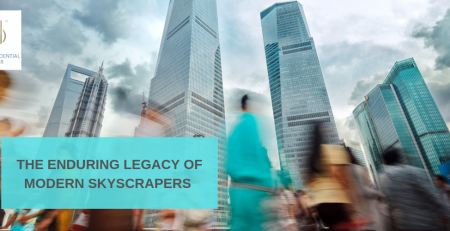Chinese Legacy in Building Architecture
History has over several centuries thrown up movements that have left their imprint on culture, architecture, dress, food and the people. China is one of modern world’s most progressive nations, yet even today their cultural ethos permeates deep into modern building architecture and construction.
Chinese construction and its uniqueness lies in the fact that buildings were crafted for function and living and not just the look and design, right upto this day.
Chinese ‘big hat’ style roofs, their emphasis on intricate building framework, and combining of classic construction with modern scientific planning has helped them seamlessly traverse architecture, from ancient to modern building construction.
Chinese architecture remained relatively unchanged till right upto the 20th century. Chinese building methods that were developed over 2000 years ago, are still used today in building construction. According to architectural historian Liang Sicheng, depth of Chinese architecture lies in the ingenious post-and-beam scaffolding system that have been used by Chinese builders since thousands of years. The people have historically put a large emphasis on structures and their foundation given that the country was once regularly prone to severe earthquakes.
Made of intricate timber framework – without the use of nails – the walls of these buildings perfectly distributed the building’s weight and allowed builders to put up non load bearing ‘curtain’ walls. It is this basic framework, the stability of the structure rather than design and look that underlines Chinese construction across its buildings everywhere even to this day.
China’s emphasis in building construction has always been in the support columns and foundation. It is this emphasis and constantly innovating technology that has paved the way for the creation of tall iconic structures that defy gravity, are stable and have till now withstood the vagaries of time and weather.





Leave a Reply